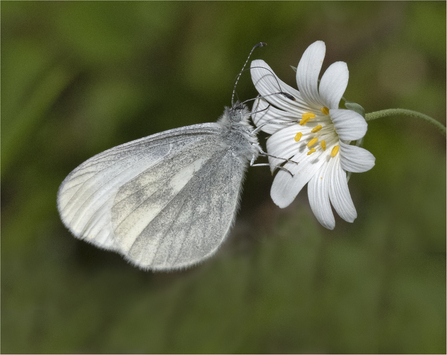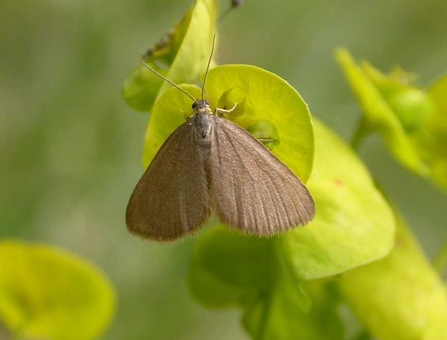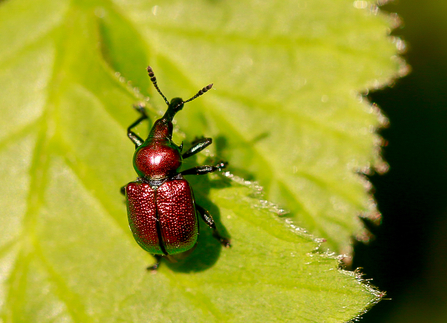The grey and brown cloak of winter has been rolled back at Monkwood to reveal magnificent greenery; lime greens, emerald greens, olive greens and dark, forest greens. Green is a colour that I take for granted through the rest of the year. But not in May. May brings such a visceral surge of energy through just one colour, reminding us that the world’s still turning and propelling us into wonderful spring.
Even so, my job doesn’t allow me the luxury of wallowing in this glory whenever I fancy! I need a reason to visit the nature reserves I manage and, recently, that was to survey areas of Monkwood that we’ve coppiced to see how they’re responding. Anna, one of our conservation trainees, joined me for the day to see Monkwood at it’s best.





